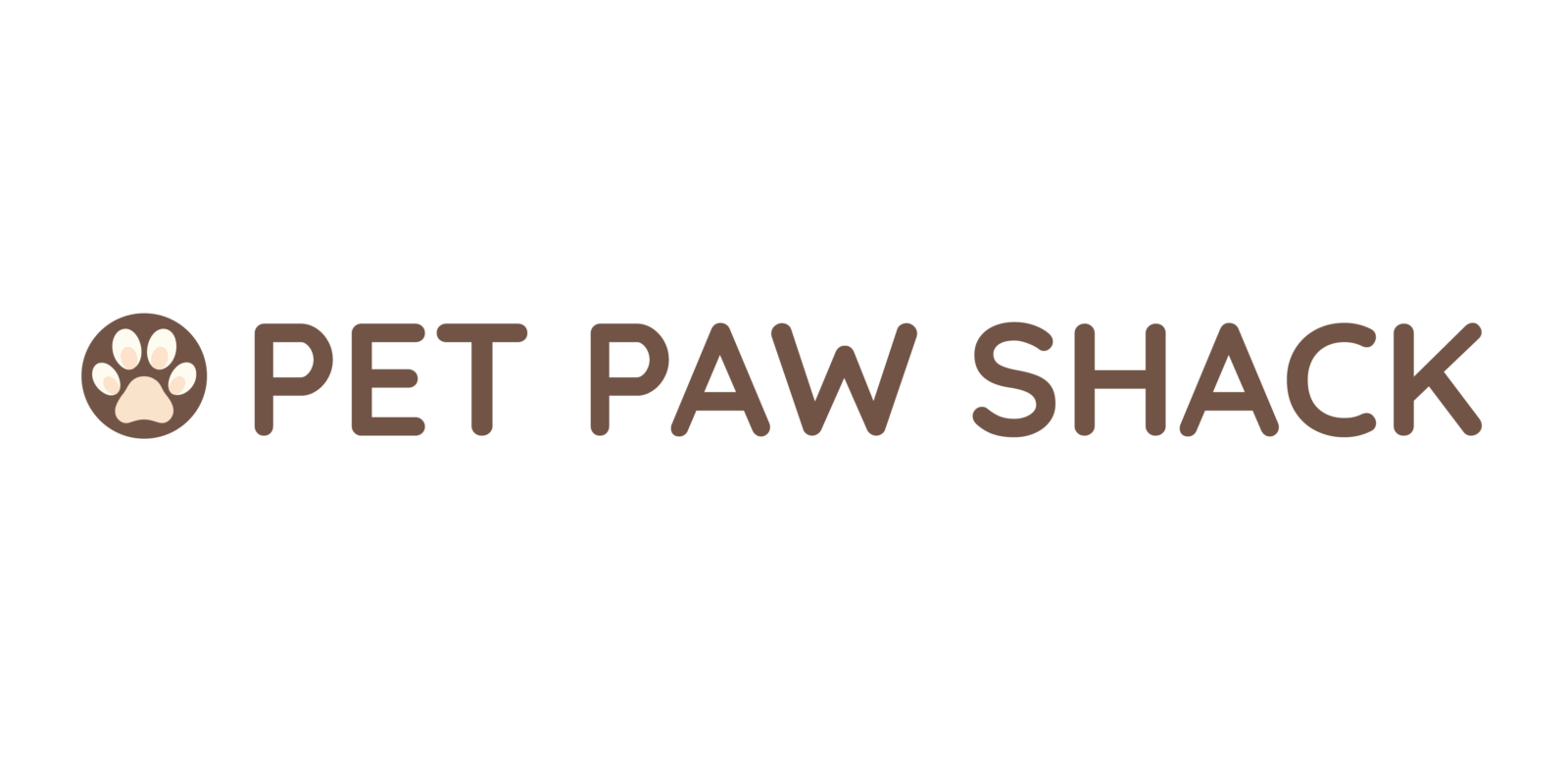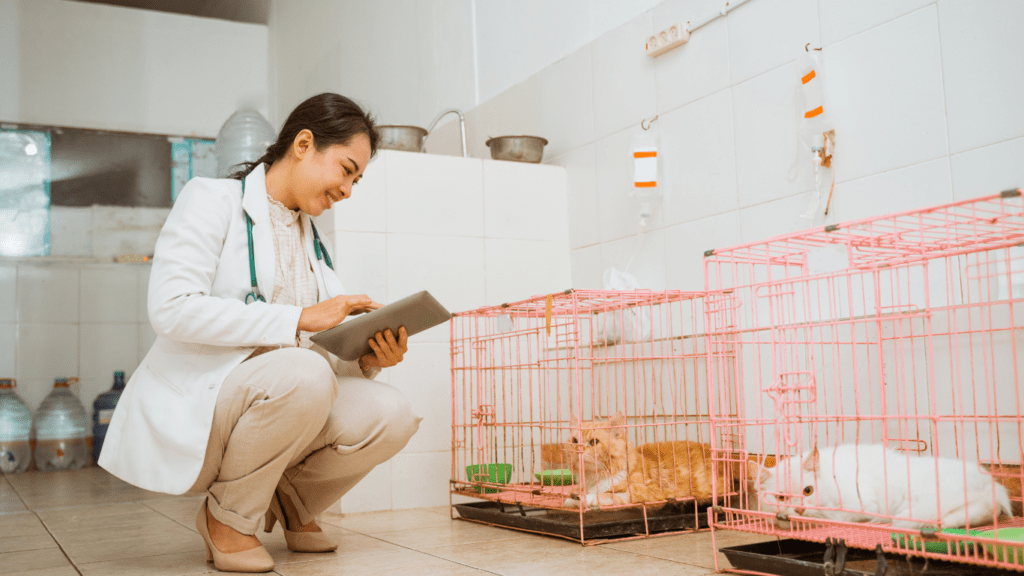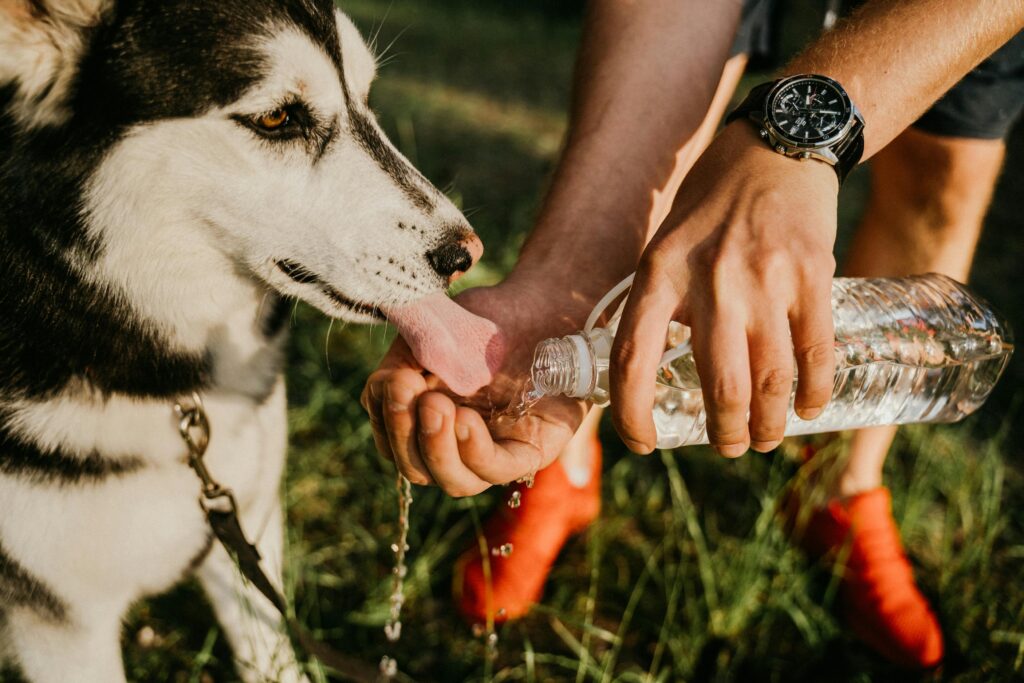Just imagine the ability to look inside the body of an animal without making a single cut. That is the strength of animal endoscopy. This has revolutionized veterinary medicine as a veterinarian can now diagnose, treat, and even perform operations with limited pain and reduced recovery periods for pets and livestock. Days when there was only exploratory surgery are long gone. Small cameras and bending tubes have now given us a safe, efficient means to look inside the internal mechanisms of an animal.
What is an Animal Endoscope?
An animal endoscope is a long, thin tube carrying a small camera and a light at the end of the tube. It is placed inside the body through natural or small holes, and images are sent in real time to a display. Vets can use these images to view tissues, find foreign objects, or target surgical instruments. Although comparable to human endoscopy, animal versions are built to suit other shapes and sizes, including the throat of a hamster and the digestive tract of a horse.
Components of an Animal Endoscope
A common animal endoscope consists of:
- Insertion tube: A narrow shaft, both flexible or rigid, which is inserted into the body.
- Light source and camera: Light the inside and make internal shots.
- Control system: Allows the vet to change the angle and direction of the scope.
- Working channel: This is an opening that permits the entry of tools such as forceps or biopsy needles.
- Monitor: Shows a high-resolution picture of the procedure.
How Endoscopy Differs for Animals?
Although the fundamentals remain the same in all species, animal endoscopy also involves other factors:
- Size variations: Rabbit scopes will not be suitable for cows. Depending on the size of the animal, vets will select equipment.
- Sedation needs: Sedation is almost always necessary as the animals are not capable of remaining in one position as humans do.
- Anatomy differences: The structure of the airways in a dog is not identical to that of a cat, so technique is relevant.
Applications of Animal Endoscopy
From diagnosing chronic coughs to removing swallowed toys, endoscopy serves countless purposes in veterinary care.
Diagnostic Uses in Veterinary Medicine
Issues such as:
- Persistent vomiting or diarrhea (by looking inside the stomach or intestines).
- Nares tumor or infection (through rhinoscopy).
- Respiratory system problems (by bronchoscopy).
- Bladder or urinary tract disease (cystoscopy).
They also take tissue samples to be biopsied, eliminating the necessity of invasive surgeries.
Surgical Applications
Vets do minimal invasive surgeries using endoscopes, including:
- Foreign bodies trapped in the esophagus or stomach.
- Removal of bladder stones without large incisions.
- Healing some kinds of hernias or ulcers.
These operations usually cause less pain and quicker recovery for the animal.
Research and Study Benefits
Endoscopy is used in research on wildlife and zoology to:
- Learn about digestive health in threatened species.
- Observes pregnancy of large mammals such as elephants.
- Evaluate internal injuries in animals that are rescued without stress.
Advantages and Challenges of Animal Endoscopy
Key Benefits for Veterinarians and Animals
- Minimal invasion: Smaller incisions translate to less pain and faster recovery.
- Accurate diagnostics: Live visuals can be used to identify problems more quickly than X-rays only.
- Versatility: Applicable to all small reptiles and large cattle.
- Cost-effective long-term: Reduced complications will reduce repeat operations.
Common Challenges and How to Overcome Them
- High equipment cost: Specialty scopes are often costly, which is a disadvantage, but they can be leased or shared with other clinics.
- Training requirements: Not every vet is skilled, and continuous learning is important.
- Anesthesia risks: Effective pre-op testing reduces the chances of complications during sedation.
The Future of Veterinary Care is Inside
Animal endoscopy is not like a tool; it is a transition to a gentler, more accurate veterinary medicine. The scopes will be smaller, cheaper, and more accessible as the technology advances. This translates to happier and healthier pets on the part of the owners. To vets, it is a question of guessing versus knowing. And for the animals? It is a quicker trip back to what they like to do best, be it running after squirrels or simply sleeping in the sun.


 Lead Pet Behavior Specialist
Brian Camacho is an expert in pet behavior and training at Pet Paw Shack. With a deep understanding of animal psychology, he specializes in helping pets and their owners build strong, healthy relationships through positive reinforcement techniques. Brian’s innovative approach to training focuses on making behavior modification a fun and rewarding experience for both pets and their families.
Lead Pet Behavior Specialist
Brian Camacho is an expert in pet behavior and training at Pet Paw Shack. With a deep understanding of animal psychology, he specializes in helping pets and their owners build strong, healthy relationships through positive reinforcement techniques. Brian’s innovative approach to training focuses on making behavior modification a fun and rewarding experience for both pets and their families.
